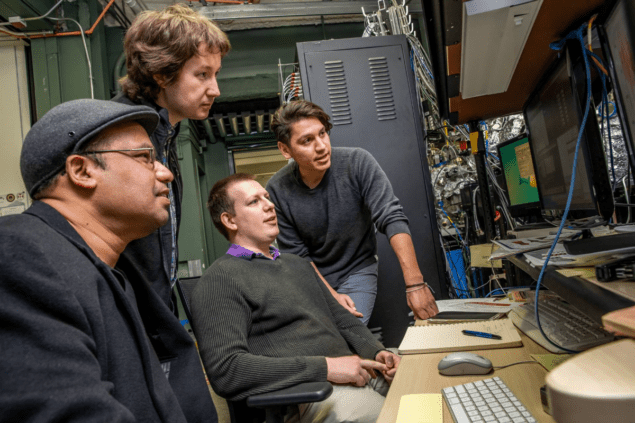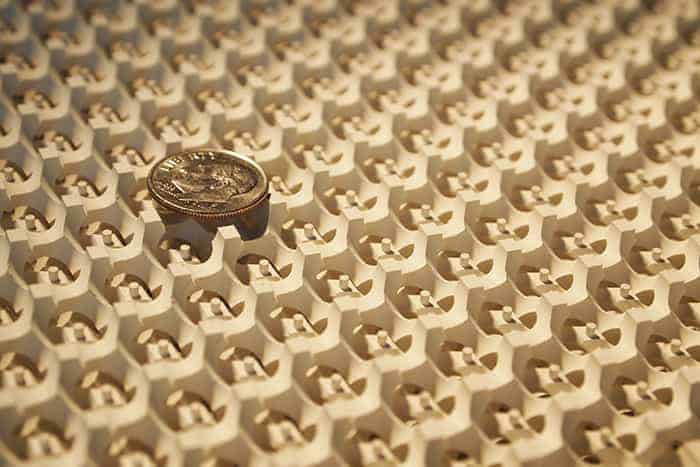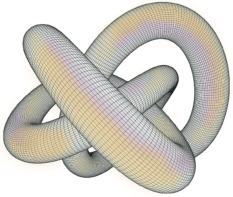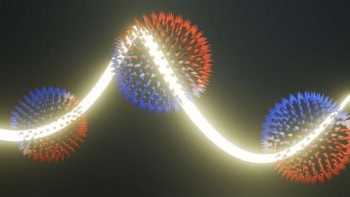
A range of exotic quantum effects have been spotted in class of materials called “topological chiral crystals”. The materials were studied by a team of physicists let by Zahid Hasan at Princeton University, who predicted and then measured properties including the emergence of magnetic monopoles.
Chiral crystals have unit cells that cannot be superimposed onto their mirror images – a property that can lead to very interesting and potentially useful magnetic, optical, and electronic properties.
In a previous theoretical study, Hasan’s team predicted the collective behaviour of electrons in nonmagnetic chiral crystals. They found that the materials should contain particle-like electronic excitations called “Weyl fermions”. These quasiparticles resemble electrons, but are massless and have chiral properties
Chiral fermions
Now, Hasan and colleagues have used the group theory of crystals to look deeper into the properties of these materials. Their calculations predict the existence of a special types of Weyl fermion, which they have dubbed “chiral fermions”. Furthermore, their calculations suggest that these materials should be called “topological chiral crystals” because they are expected to have an intriguing set of electronic, optical, and topological behaviours.
One particularly striking feature predicted by the calculations is the existence of large, distinctive “Fermi arcs” in the momentum-space representation of electrons on the surface of the materials. These arcs are indicative of the presence of Weyl fermions within a material. The calculations also suggest that the collective behaviour of spins will create quasiparticles that behave like magnetic monopoles.
After making these predictions, Hasan’s team identified several real materials that are expected to be topological chiral crystals. Rhodium silicide and cobalt silicide proved to be the most promising and using a scanning tunnelling microscope in Hasan’s lab, the team measured large Fermi arcs on the surfaces of samples – arcs that are 100 times larger than those in previously-analysed topological materials.

Weyl fermions are spotted at long last
Hasan’s team then used high-energy X-rays – created at the Advanced Light Source at the Lawrence Berkeley National Laboratory in California – to knock electrons out of the material and measure their energies as a function of emission angle. They found that electrons emitted from the bulk of the materials confirmed the existence of quasiparticles with zero effective mass. Furthermore, the velocity and spin distributions of the electrons confirmed the chiral and magnetic monopole-like properties of quasiparticles in the materials.
Having confirmed their predictions, the physicists now hope to explore a more diverse range of potential topological chiral crystals. In the future, their discoveries could allow for new advances in applications including quantum technologies and nanotechnologies.
“We expect this is the tip of the iceberg,” says Princeton’s Ilya Belopolski. “There are so many chiral crystals in nature. It would be great to check how many of those are topological. This would be a fantastic playground for new types of quantum phenomena.”
The research is described in Nature.
Zahid Hasan talks about Weyl fermions in this video.



